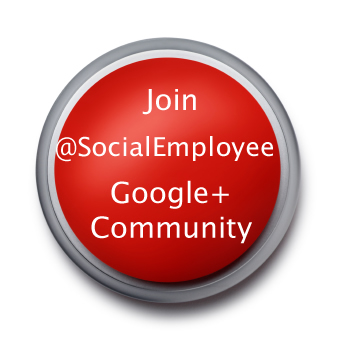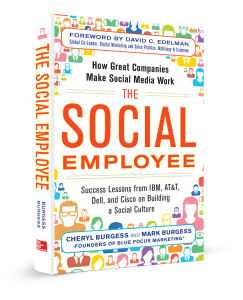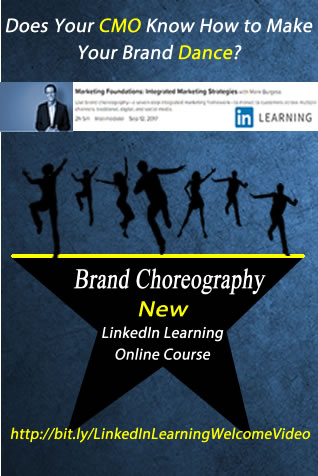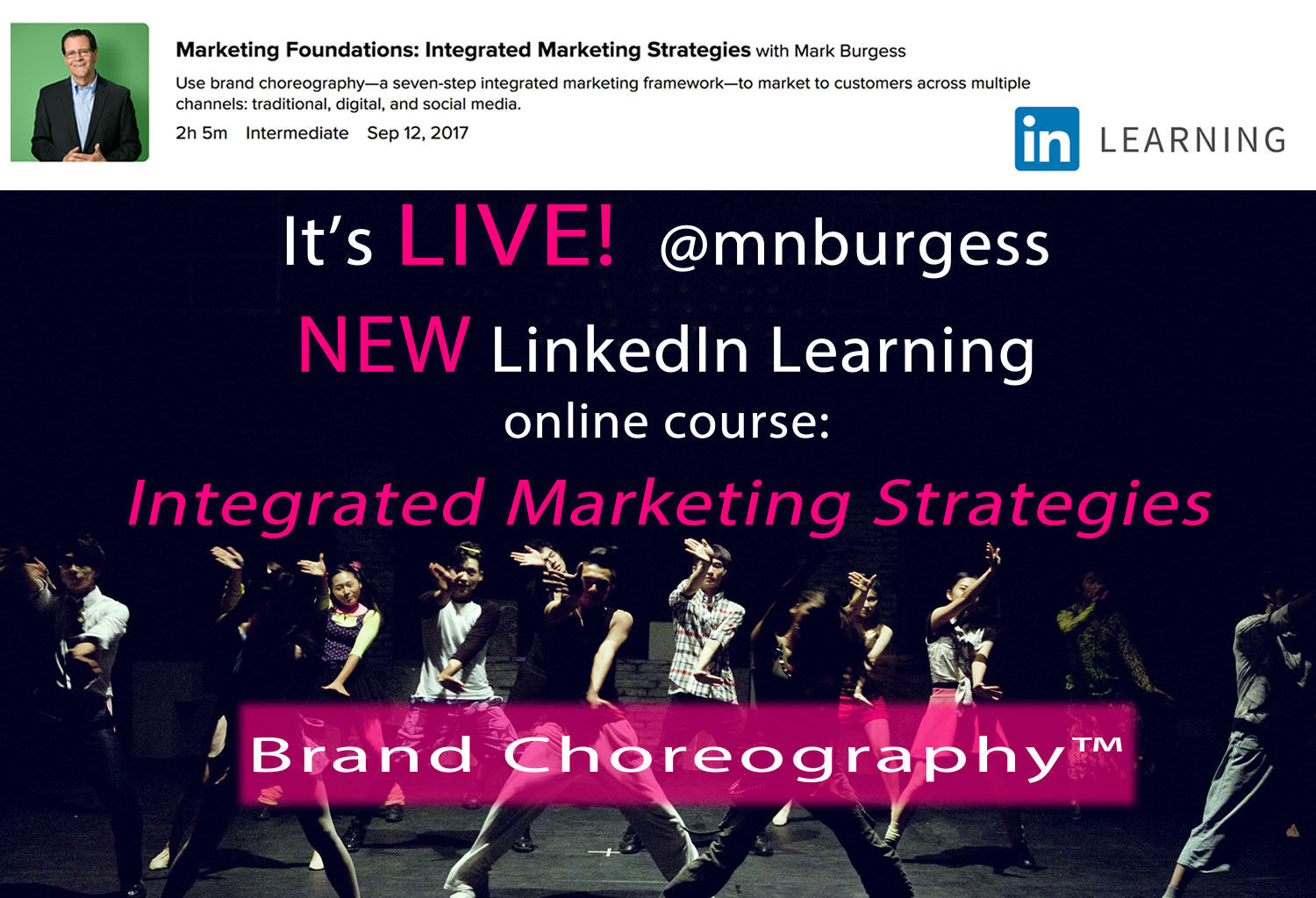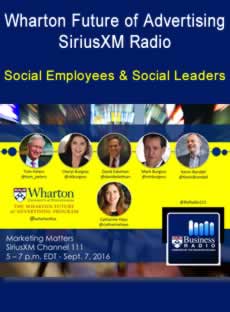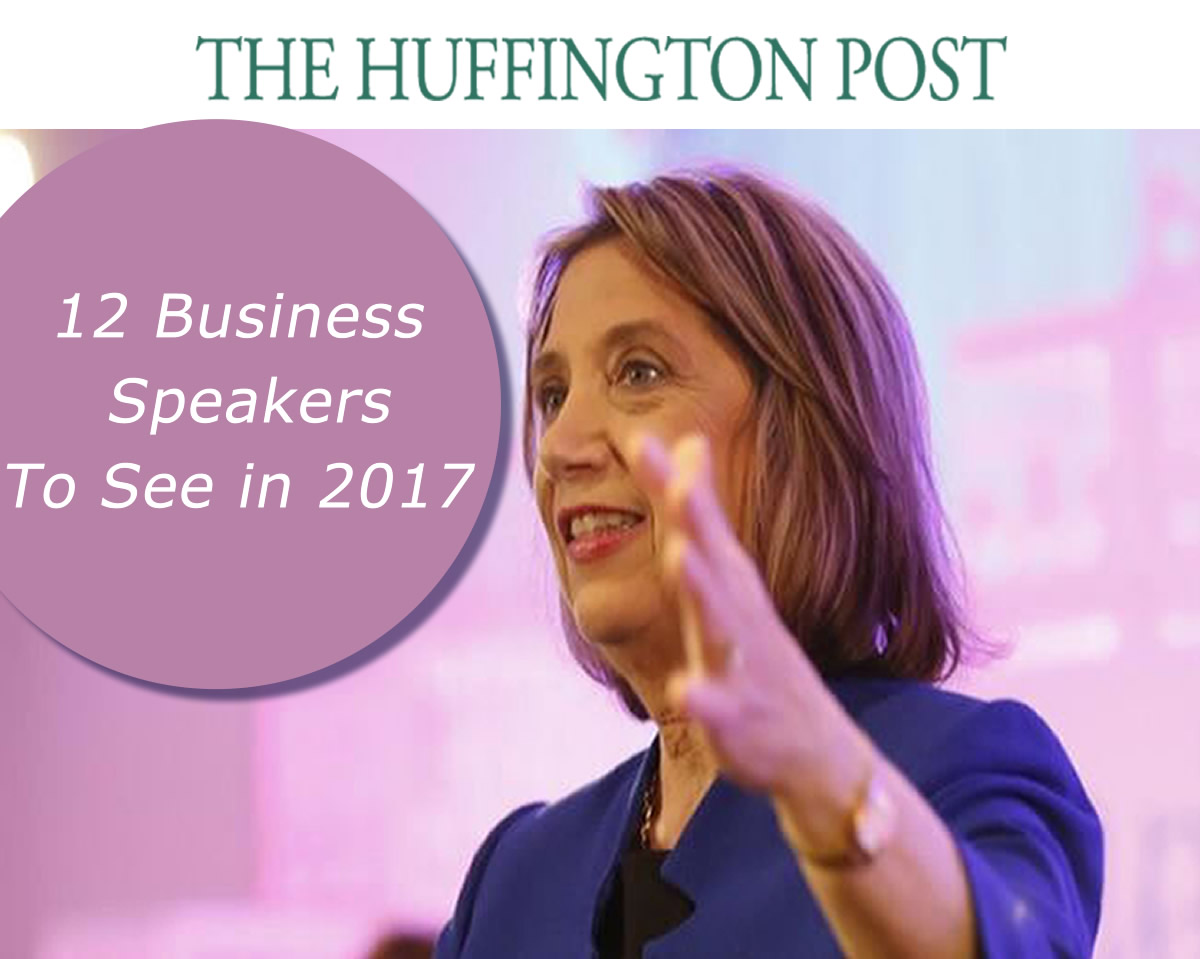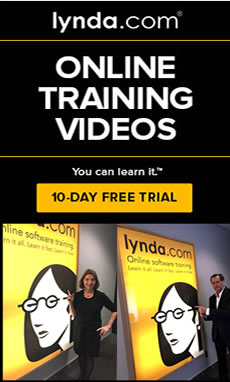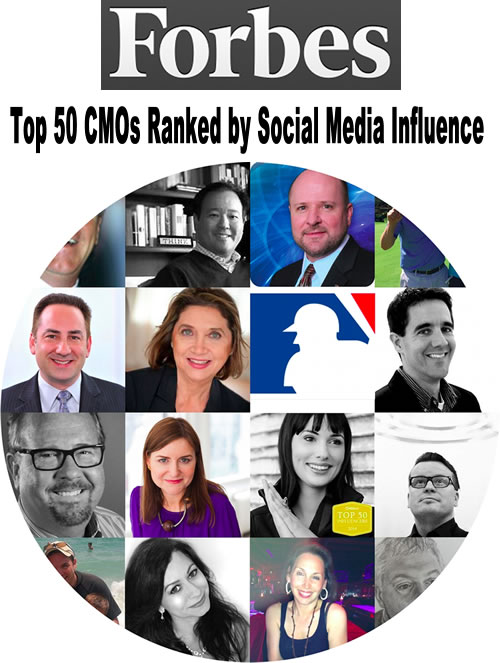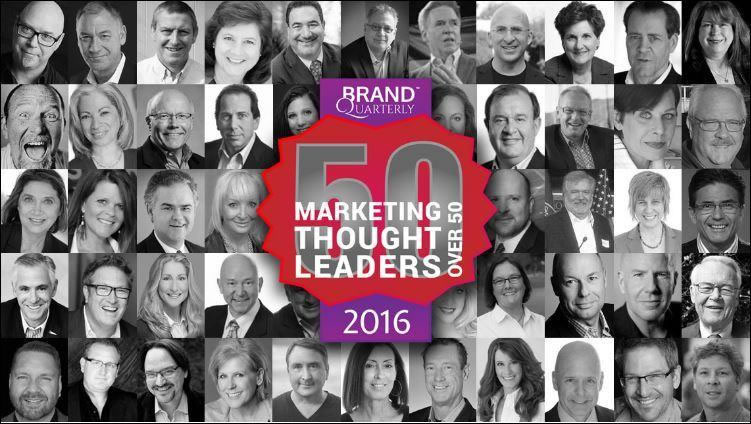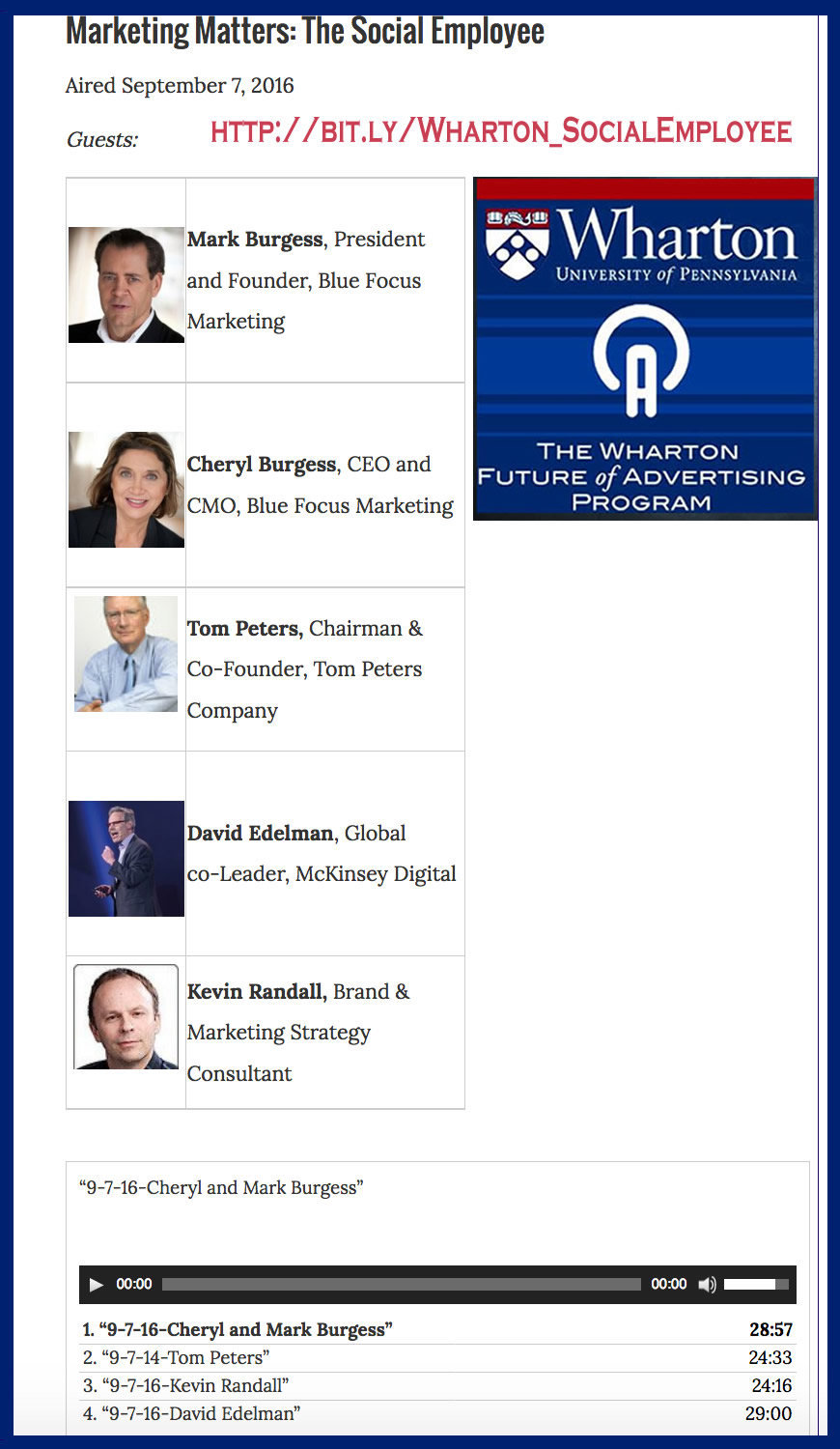Last week brought an interesting convergence of events, all focused on what the future of social business might look like. First, there was the official unveiling of the Economist’s (@TheEconomist) list of Top 25 Social Business Leaders. This was a process I was very happy to be a part of, and I am incredibly proud of the hard work that our selection committee put in to produce such a fine list of social leaders. The Economist’s list of Top 25 Social Business leaders was spearheaded through the efforts of the Economist Intelligence Unit (@TheEIU) and sponsored by IBM (@IBM). A special thanks to everyone involved for all their hard work.
These 25 social business leaders will help shape the future of social business. But what might that future look like? About a year ago, I was asked to share my vision of that future by contributing to the Wharton Future of Advertising Program’s “Advertising 2020” project, along with a great variety of other fine contributors. You can read my essay here, and I also encourage you to browse the site and read the fine work of the other contributors as well.
Recently, we as Wharton contributors were asked to revisit our essays and discuss how things may have changed for us in the past year since sharing our initial thoughts. To do this, we were asked to answer two questions: (1) What have you done differently? and (2) What have you seen as a result? In the spirit of continuing to spread awareness of this project, I have provided my answers below.
Answer #1: Here’s what we are doing differently as a result
Our role as a marketing consultancy is to help others devise a lasting branding strategy that will help their advertising campaigns really resonate with their target audiences. In my original article, the common theme uniting the different elements I touched upon was two-way interaction characterized by a spirit of sharing and invitation—all while presenting a unified brand message. I argued that this could be accomplished in two ways: (1) through the delivery of specialized content and (2) through distribution of that content by skilled brand ambassadors.
The challenge of this dawning reality is that advertising is becoming both specialized and decentralized. Social employees now represent their brands, they must provide the content, and they must be prepared to engage customers in the buying process. So how does a brand define what it stands for, and what can it do to make sure it is consistent in its branding message? The answer, which we cover in our book The Social Employee (McGraw-Hill, 2013), is that employee empowerment and engagement must be built into organizational structure—and therefore into employee training.
Companies can no longer control everything that is being said about their brand in public circles, and simple advertising isn’t enough to have a lasting impact on the conversation; all advertising must be backed by content of value, channels that allow consumers to learn more about a product or service before making a purchase decision. In order for employees to be able to carry that message out and provide customers with the right information, a brand must clearly define what it stands for, its mission, vision, and values.
So to answer the question, since writing my article, we have channeled our own consulting strategy to focus on all the work that must be done in advance of creating any advertising materials a brand might produce. In order for an army of social employees to carry out a consistent brand message, the most important work must be done ahead of time, and it must be done with the buy-in of the workforce you hope to channel.
Answer #2: Here’s the impact we are seeing
To give an example of the process I describe in my previous answer, we can take a look at IBM. Not too long ago, the company unveiled a series of “I’m an IBMer” advertisements that have been popping up quite frequently on TV. The ads don’t feature any particular product or service, choosing to focus instead on IBM employees and what it means to them to work for the company. This is essentially a way for the company to say that its greatest product isn’t its software, but the people who make it.
Much as I describe the evolving role of TV advertising in my essay, the IBM campaign only begins there, but the conversation continues on other online platforms like YouTube, Twitter (#IBMer), and employee blogs, just to name a few. The ads establish the focus on employees, and then the conversation is turned over to the employees themselves, who are trained and eager to share what they’re up to at the company and how it can help people. And this “I’m an IBMer” advertising campaign falls very comfortably under the company’s unifying slogan of “Smarter Planet.”
In fact, IBM has gone all-in on this advertising approach and has even created an online portal called Voices that is designed specifically to show what IBMers are up to on social channels and give people a chance to connect with them and learn more. So it’s a cascading effect: start with an ad that shows a core philosophy or produce (IBMers), and then decentralize and expand the conversation across multiple channels. The company has won a great deal of accolades for the ways it is championing the social media revolution, and it shows no signs of slowing down heading into 2020.
Below are recent endorsements for The Social Employee (McGraw-Hill, August 2013) by Tom Peters and David Aaker on their social networks, but if you want to see more of their endorsements click here.

In The Social Employee, we go behind the scenes with several leading brands—such as IBM, AT&T, Dell, Adobe, Southwest Airlines, Cisco, Acxiom, and Domo—pulling the lid off the inspiring social business success stories that have propelled these companies into the 21st century. These cutting-edge brands have all come to the same realization: the path to social business lies through empowering the social employee.
See what others are saying about The Social Employee and order your copy today!
Please check out @SocialEmployee media buzz! 
“Great brands have always started on the inside, but why are companies taking so long to leverage the great opportunities offered by internal social media? . . . The Social Employee lifts the lid on this potential and provides guidance for businesses everywhere.” —JEZ FRAMPTON, Global Chairman and CEO, Interbrand
 The Social Employee offers an unparalleled behind-the-scenes look at the social business success stories of some of the biggest brand names in the business world, including IBM, AT&T, Dell, Adobe, Southwest Airlines, Cisco, Acxiom, and Domo. These cutting-edge brands have all come to the same realization: the path to social business lies through empowering the social employee.
The Social Employee offers an unparalleled behind-the-scenes look at the social business success stories of some of the biggest brand names in the business world, including IBM, AT&T, Dell, Adobe, Southwest Airlines, Cisco, Acxiom, and Domo. These cutting-edge brands have all come to the same realization: the path to social business lies through empowering the social employee.
The brands that leverage their employee base in order to engage customers and prospects through social media are the ones destined to win the marketing wars. This book not only details the astronomical rise of the social employee, but also outlines the innovative methods that leading companies have employed to foster cultures of enthusiastic and engaged workers.
FOR EWORD by David C. Edelman, Global Co-Leader, Digital Marketing & Sales Practice, McKinsey & Company
EWORD by David C. Edelman, Global Co-Leader, Digital Marketing & Sales Practice, McKinsey & Company
AFTERWORD by Kevin Randall, Vice President of Brand Strategy & Research at
Movéo Integrated Branding, and journalist for The Economist and Fast Company
Download ~> Free Chapter 3 – “Brands Under Pressure”



